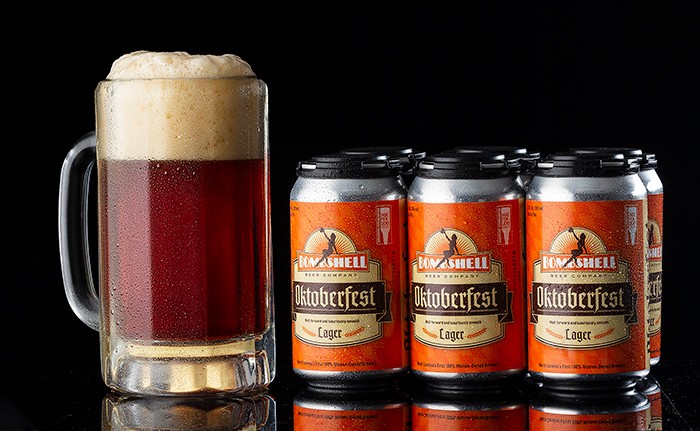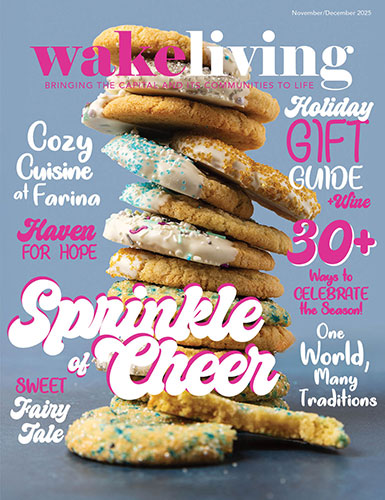Weddings are full of traditions — something borrowed, something blue — and beer.
In past centuries, it was common in Europe to have a special beer made for a wedding. This beer, called a Bride Ale, was served at the “Bride Ale” — this time the word “ale” meaning festival or party. Eventually, this became known as a Bridal Party, perhaps the most famous of which resulted in Oktoberfest.
The first Oktoberfest was a wedding celebration. In October 1810, Prince Ludwig of Bavaria married Princess Theresa of Saxe-Hildburghausen in Munich. The entire city was invited to celebrate, and the local breweries provided their famous lagers. The party was so grand and went on for so long, it was celebrated again in 1811. After several more years of celebration, it was decided in 1819 that it would become an official annual event — the now famous Oktoberfest.
Bombshell Beer Company’s Oktoberfest was inspired by another wedding — mine. My wife was born and grew up in Germany. Using that as a starting point, the beer’s ingredients come from places where my wife has lived. Thankfully, one of those spots was Munich.
The beer is copper in color. Malt forward and smooth, it’s spiced with enough hops to keep the beer from only ringing a single note. Made with Munich malt, the body is rich and bready. As a nod to all the elements of tradition surrounding weddings and Oktoberfest, it is hopped with a variety called German Tradition.
Oktoberfest as a style and event is often misunderstood. Why am I writing about Oktoberfest in September, you might ask? Much of the event takes place in September, as it is a two-week celebration leading up to the first Sunday in October.
Traditionally, the festival is opened by the mayor of Munich. He ceremoniously taps the first cask of the amber lager with a cry of “O’zapft is!” — German for “It is tapped.” Bombshell’s Oktoberfest Lager has also become an annual tradition.
Oktoberfest beer is the most popular of all seasonal brews, and this year, when you sit down to enjoy Oktoberfest with loved ones, pause to think about the more than 200-year history you are now a part of.







